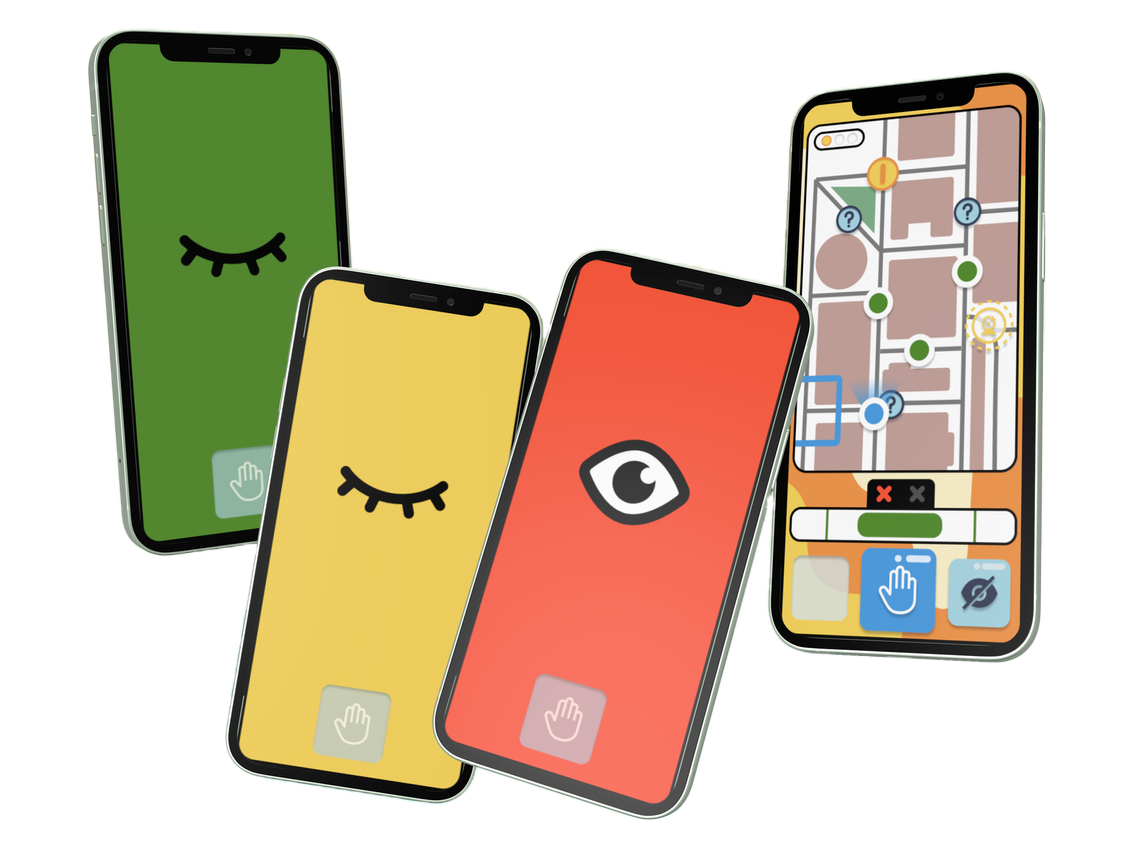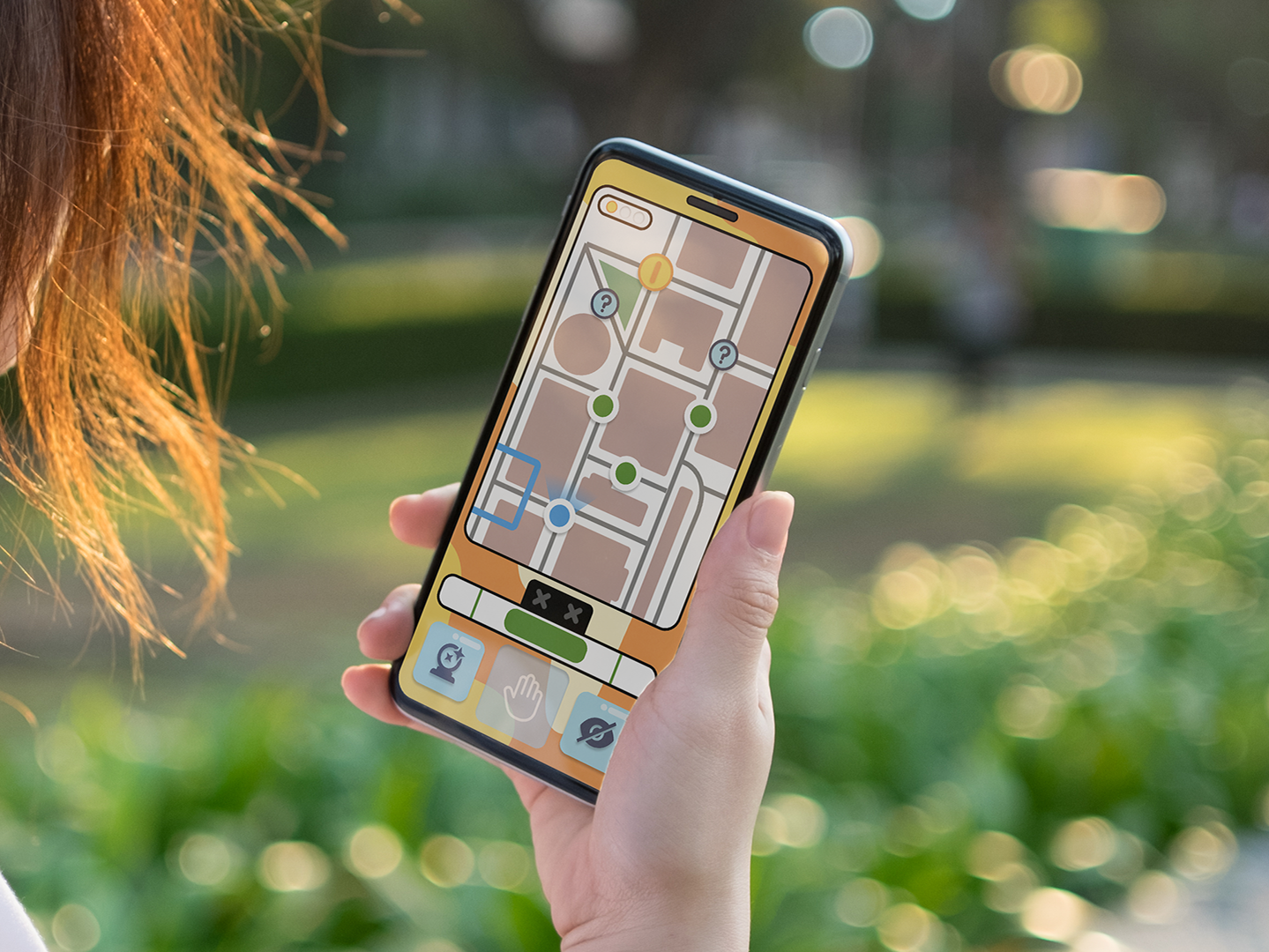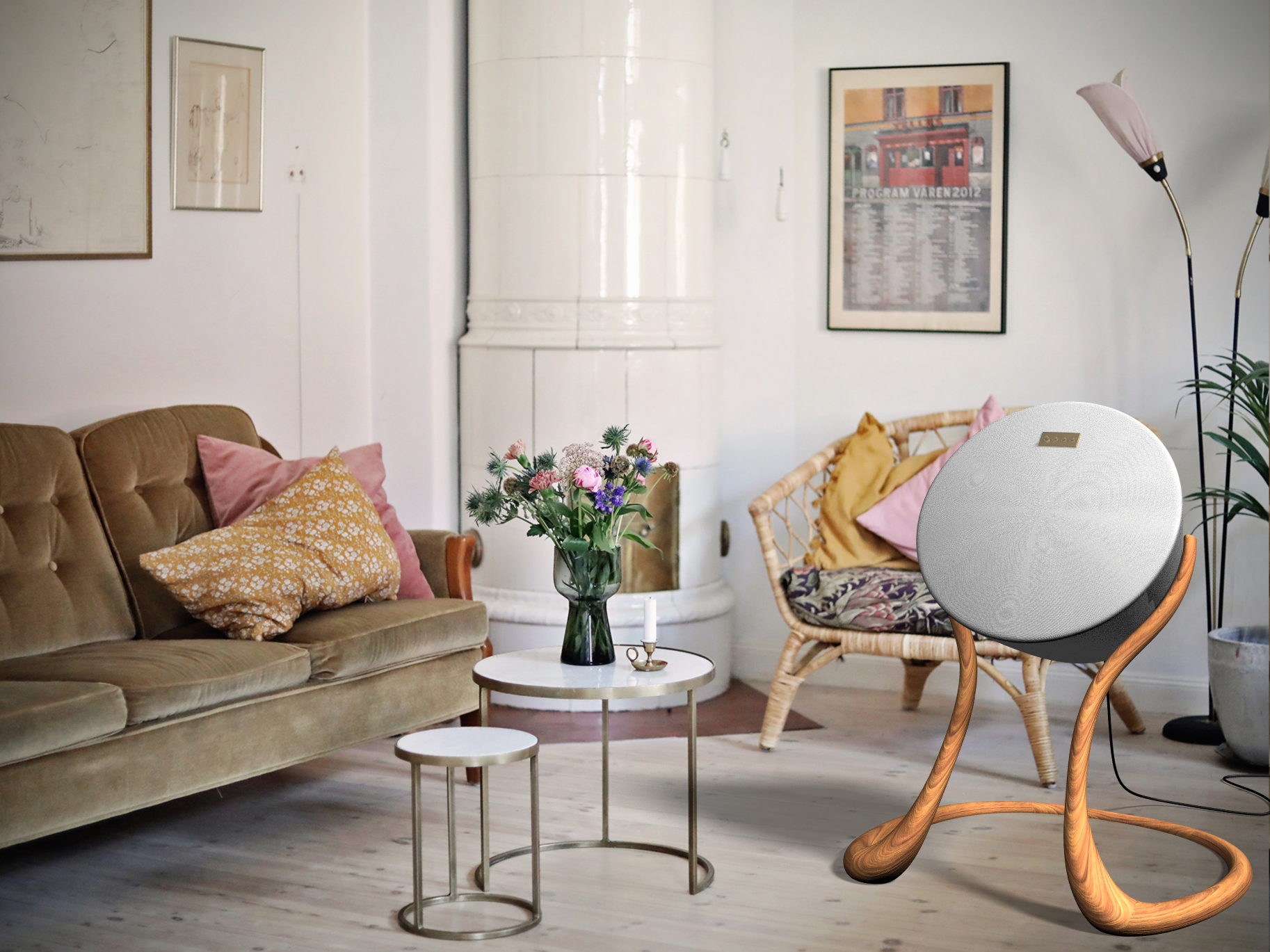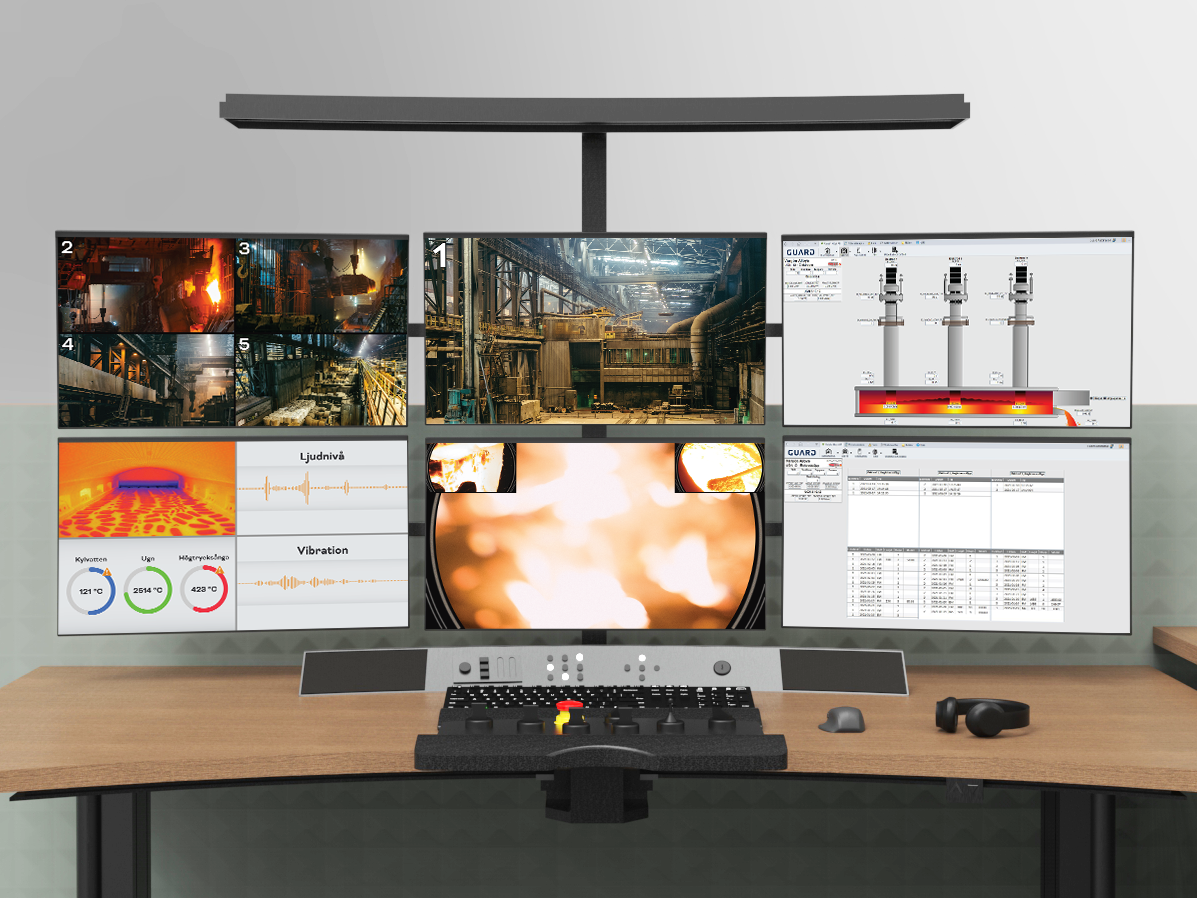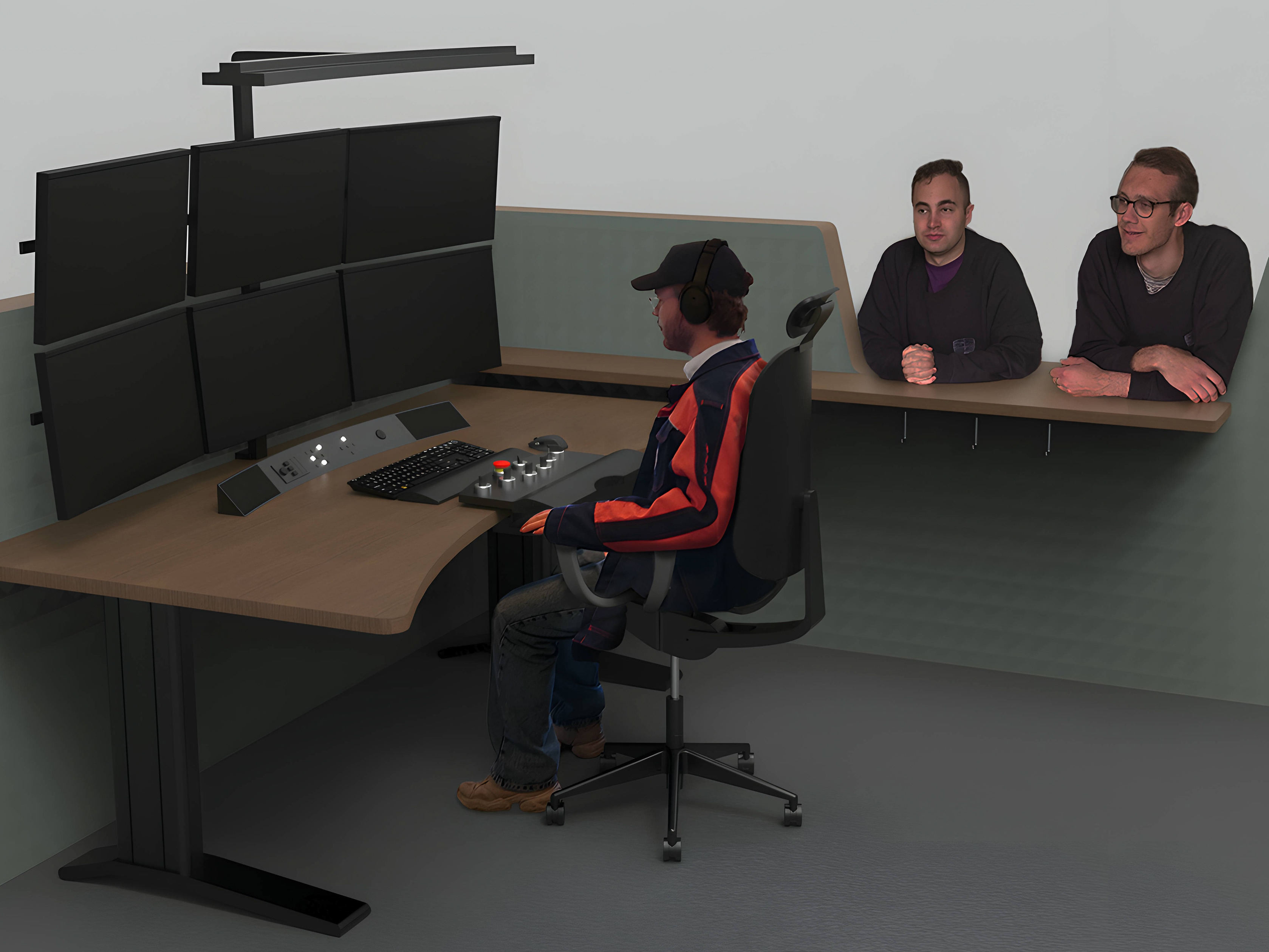A Day at the Beach
Seeing a parent or grandparent develop dementia is a tough experience. Many people feel anxious about visiting their relatives at the care home because of this. In this project, the sense of physical touch were explored to create a more positive experience when visiting a person with dementia at a care home. There are proven benefits of interpersonal touch for people with dementia, as this makes them more calm and reduces their anxiety. The final deliverable of the project was a conceptual game called A Day at the Beach, inspired by the intractable projector Tovertafel. A Day at the Beach facilitates interpersonal touch through projection sand onto a persons arm, which the other person then brushes of. Through this interaction, the person with dementia is more open to further interactions. This facilitates a more positive experience both during and after the visit at the care home.
Type of project
Design project in Inclusive Design and Thoughful Technology at Eindhoven University of Technology
Duration
4 Months (spring 2022)
Team
Andrea Low & Lauren Hageman
Methods
Bodystorming, Market Analysis, Interviews, Observation,
KJ-analysis, Storyboards, Role-playing, Prototyping
KJ-analysis, Storyboards, Role-playing, Prototyping
Early prototypes
Multiple different ideas were explored through rapid prototyping. These were used to communicate different ideas and concepts of how the sense physical touch could be used to design for dementia.
The embracing weight vest calms a person with dementia during times when physical touch is not an option. The weight distribution replicates a hug to give a soothing feeling to the person with dementia. The form of two long elements was chosen as this mimicked two arms hugging, while also allowing for easy removal in case PwD were to become agitated.
Musical pins is a musical instrument that is played with people with dementia and their loved ones. A board with pins with heads made of Styrofoam and wood facilitate tactile interactive touch when direct touch is not possible, inspired by covid-19. This concept creates an activity that people with dementia and their loved ones can do together while being present in the moment.
Data gathering & Analysis
To identify the problem, visits at the Dutch activity center for people with dementia KBO were done to get a better understanding for how interaction occur with people during different stages of dementia. Interviews with care givers at elderly homes, and children/grandchildren of people with dementia were conducted to gain the perspective of all involved stakeholders. The data were then gathered and analyzed through a KJ-analysis.
Bodystorming
One important insight from the data analysis was that loved ones of people with dementia missed the feeling of receiving care from the person with dementia. The feeling of losing a point of comfort and safety, commonly associated with your parents and grandparents were one of the toughest experiences associated with dementia. Through bodystorming and inspiration from the musical instrument handpan, The human handpan was born.
The human handpan
The human handpan can be worn by either the person with dementia, or their loved one. Physical touch is then facilitated thorough the colorful patches, that gives audial feedback in the form of the soothing sounds from a handpan. This creates a playful, immersive and calming experience of both the person with dementia, and their loved ones.
Tovertafel - Interactive projections for elderly
While The human handpan facilitated interactions that were seen to have high potential, some concerns were seen with the hygiene of a garment shared at a care home. Instead, inspiration was taken from the interactive projector Tovertafel to create similar interactions without the health hazards.
Implementing
interpersonal touch
interpersonal touch
While the Tovertafel already were proven activate people with dementia, making further social interactions more easy for caregivers as well as visitors, it did yet not have a game with interpersonal touch. This was seen as an opportunity to add value.
Context: The beach
Another insight from the data gathering was that people with dementia have a difficult time understanding new contexts. Since they sometimes can not recognize their loved ones this might lead to physical touch feeling intrusive. The context of being at the beach, and brushing of sand from another persons skin was seen as a non intimate activity of interpersonal touch of which almost everyone has previous experience of.
Difference in needs of the stakeholders
The most important needs of the different stakeholders were summarized, to add clarity to the design team what needed to be solved.
A Day at the Beach
The final concept A Day at the Beach, an interactive game projected onto a table, creates meaning for all stakeholders involved. Through the non-intrusive context of being at the beach, gives the person with dementia the positive benefits of interpersonal touch. It also creates a more positive experience of visiting the care home for the loved ones, while considering the work load of the care givers.
Storyboard - Person with Dementia
Storyboards were created for each stakeholders, to demonstrate the intended user experience of A Day at the Beach. For the person with dementia, the most important aspect were to enjoy the benefits of interpersonal touch.
Storyboard - Caregiver
A Day at the Beach considers the work environment of the caregivers through a short and intuitive set up time. It utilizes equipment that is already found at the carehome, the Tovertafel, and works as a tool for providing care and comfort for people with dementia.
Storyboard - Loved ones
Many loved ones feel that visiting people with dementia is emotionally demanding. A Day at the Beach aims to create a more meaningful experience at the care home, as well as afterwards.
Aquired Knowledge
Before this project, the idea of working with medtech, or designing for vulnurable user groups seemed alien and scary to me. But when the project of designing dementia was presented to me, I felt like it was something I had to do because of my personal experience with my grandfather (R.I.P Folke †January 2023). During the project I got to experience how designing for vulnerable usergroups still can involve playfulness, and how it sometimes probably is the right direction to go.
This project was done during my Erasmus exchange at Eindhoven University of Technology. A difference in their way of working with design compared to what I were used to, was their focus on how the user experience were affected outside of the moment of interaction. Having the holistic mindset of how peoples lives are affected by products and systems before, and after use have been very valuable for me as a designer. Their approach to explorative and rapid prototyping through out the whole design process have also been a big eye opener to me.



